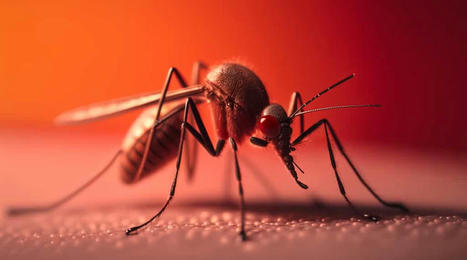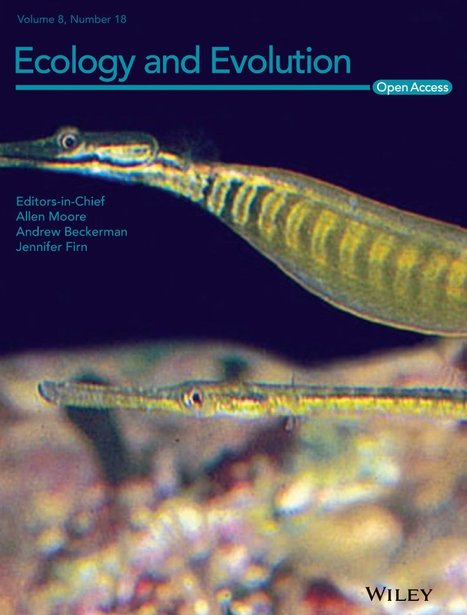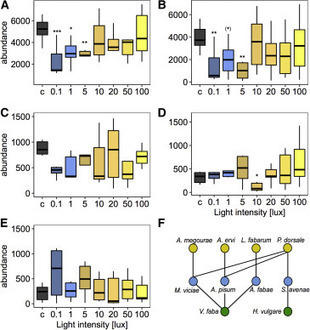Climate change, pesticides and land use changes alone cannot fully explain the decline in insect populations in Germany. Scientists from the Leibniz-Institute of Freshwater Ecology and Inland Fisheries (IGB) have now discovered that regions that have experienced a sharp decline in flying insects also have high levels of light pollution.
Light pollution a reason for insect decline, 20.06.2018
"... The scientists analysed all recent studies on the effects of artificial light at night on insects, and found that there is strong evidence to suggest a credible link between light pollution and declines in insect populations.
(...)
Insect declines and agroecosystems: does light pollution matter? - Grubisic - Annals of Applied Biology, 11.06.2018 https://onlinelibrary.wiley.com/doi/full/10.1111/aab.12440
[Image] via AAB sur Twitter, 11.06.2018 : "Insect declines and agroecosystems: does light pollution matter? https://t.co/rzkwwhewjf… " https://twitter.com/Annapplbiol/status/1006189634215399424
Via
Bernadette Cassel



 Your new post is loading...
Your new post is loading...














via @Insects_MDPI Wolkoff, M.; Fyie, L.; Meuti, M. Light Pollution Disrupts Seasonal Differences in the Daily Activity and Metabolic Profiles of the Northern House Mosquito, Culex pipiens. Insects 2023, 14, 64. https://doi.org/10.3390/insects14010064